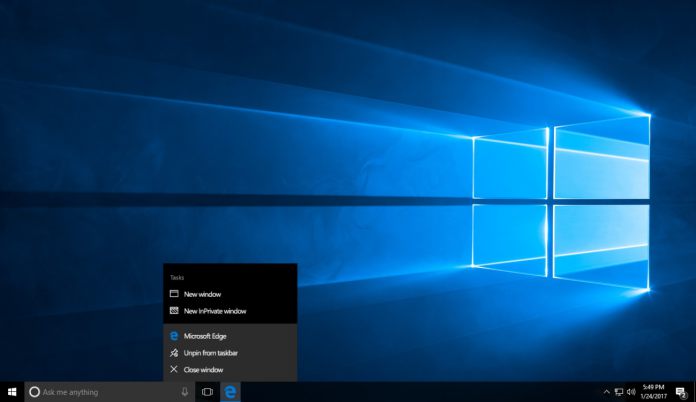Microsoft has big plans for Enhanced Mitigation Experience (EMET) and already offers the toolkit as a standalone download. A new report points to the company planning to integration EMET security directly into Windows 10. This would happen with the Windows 10 Fall Creators Update, which is currently in preview.
This report seems to have some truth and has been backed by Alex Ionescu, who says he is a “Windows Internals Expert, Security Ninja, and Embedded ARM Kernel Guru.” In a tweet, Ionescu showed EMET built into a Windows 10 Fall Creators Update kernel.
What is interesting about this is that two Microsoft Research security experts liked the tweet. This suggests there is no smoke without fire.
Microsoft uses EMET for application and system protection in Windows. It operates within the operating system and hunts for security exploits. The company says the tools “protect against new and undiscovered threats even before they are formally addressed through security updates or antimalware software.”
Well well well.. look who built-in EMET into the kernel of Windows 10 RS3 (Fall Creator's Update). Thanks to @epakskape for the hint. pic.twitter.com/RhxZiYHFAW
— Alex Ionescu (@aionescu) June 18, 2017
The company's toolkit works within Windows 10, Windows 7, Windows 8.1, Windows Server 2008, Windows Server 2012, Windows Server 2012 R2, Windows Vista.
Microsoft Adopting EMET
The company described the toolkit is the solution for protecting machines running Windows:
“The Enhanced Mitigation Experience Toolkit helps raise the bar against attackers gaining access to computer systems. EMET anticipates the most common actions and techniques adversaries might use in compromising a computer, and helps protect by diverting, terminating, blocking, and invalidating those actions and techniques.”
EMET helps protect your computer systems even before new and undiscovered threats are formally addressed by security updates and antimalware software. EMET benefits enterprises and all computer users by helping to protect against security threats and breaches that can disrupt businesses and daily lives.”
Microsoft is under increasing pressure to shore up Windows against attacks. This is especially true in the wake of the recent WannaCry malware outbreak. The infection spread from a Windows backdoor that had previously been used by the NSA.






